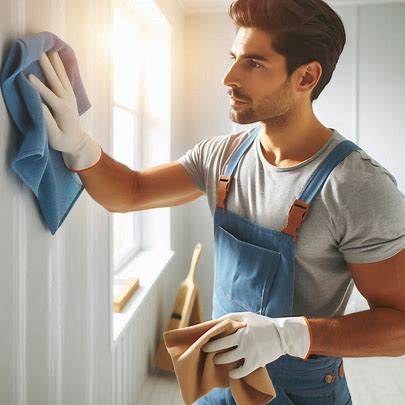
Fine particles in the air can settle on a drying canvas within minutes, creating a textured layer of dust that wasn’t part of the original vision. Brisbane’s humid climate exacerbates the issue, causing paint to dry more slowly and increasing the risk of mold and mildew on stored canvases.
Many local artists don’t realize that their studio’s air conditioning system can be the main culprit. When left unmaintained, an air conditioning unit circulates dust, spores, and moisture, which can directly impact your artwork. Scheduling an aircon cleaning service can significantly improve airflow, regulate humidity, and reduce contamination, making your workspace safer for both your health and your paintings.
For artists seeking to refine their technique, our Realism painting tips page provides practical advice on achieving smooth finishes and preserving fine details in challenging studio conditions.
How Dust and Humidity Impact Artwork
Dust might seem harmless, but it can do more than just dirty up your surfaces. Once airborne, it sticks to wet paint, especially oils or acrylics with slower drying times. This affects the texture and overall appearance of the piece. Worse, it can become permanently embedded in the paint layers.
Humidity, on the other hand, can delay the drying process, cause the paint to crack over time, and encourage mildew on canvases, especially if they’re stacked or stored improperly. In Brisbane, where moisture levels can rise rapidly, ventilation and air quality become more than just a matter of comfort—they’re essential.
Color Integrity and Studio Conditions
Every serious painter knows how delicate pigments can be. Even minor changes in temperature or moisture can shift how colors appear once dried. A studio that is too humid or full of dust can produce unpredictable results. You may notice yellowing, fading, or unusual surface effects, such as hazing.
Natural light and clean air are ideal. But if you rely on artificial lighting and air conditioning, then keeping both systems clean is non-negotiable. Light bulbs and UV exposure can be controlled, but dirty vents that spray debris onto your canvases every hour? That’s avoidable with the right maintenance.
Ventilation: The Unsung Hero of the Studio
Ventilation isn’t just about airflow—it’s about stability. Artists often use materials that release fumes, such as varnishes and solvents, which can accumulate if not properly ventilated. Poor air quality can cause dizziness or headaches, and over time, may damage your respiratory health. That’s not a risk worth taking.
Balanced airflow also helps in ensuring the paint dries evenly. This is especially important for large-scale work or commissions where drying times matter. Whether you paint professionally or as a hobby, you want your space to support your creative process, not sabotage it.
Signs Your Studio Air Might Be Sabotaging Your Art
Are you unsure if air quality is affecting your artwork? Here are some common signs to watch for:
- Your canvases collect dust minutes after being prepped.
- Paint takes longer to dry than it used to, even in the same room.
- You notice yellowing, dullness, or surface changes after the material has dried.
- You smell musty odors near your storage area.
- You see visible dust on vents, fans, or AC units.
If any of these sound familiar, it’s time to investigate. Regular air conditioning cleaning, dehumidifiers, and even an air purifier can make a significant difference.
Simple Ways to Improve Air Quality in Your Art Studio
Start with the basics. Dust all surfaces regularly using a microfiber cloth. Keep windows slightly ajar if the outside air is not too humid. Install a dehumidifier during the summer months. Most importantly, maintain your air conditioning system to make sure it isn’t pumping more pollutants into your space.
You can also use covered drying racks or protective mesh to prevent airborne particles from landing on your work, for painters sensitive to chemicals, incorporating houseplants like peace lilies or snake plants can help naturally filter the air while adding greenery to your studio.
Clean Air Makes Better Art
Your studio should be a place of clarity, not chaos. Clean air helps you think more clearly, feel better, and create more effectively. Whether you’re painting full-time or as a hobby, a healthy studio atmosphere supports better outcomes and preserves your hard work for years to come.
Art is already a challenge—it shouldn’t be made harder by something as invisible yet powerful as air. Keep it clean, and your canvas will thank you.
